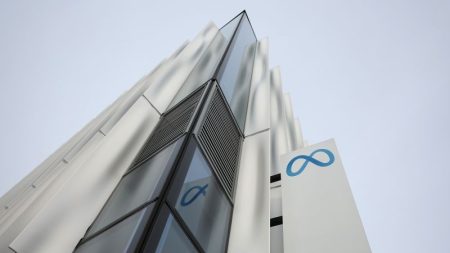General Motors has exceeded profit expectations for the year despite increased labor costs, higher interest rates for customers, and electric vehicles that are not yet profitable. The company anticipates that its North American EV business will turn a profit in the second half of the year, leading to an increase in its earnings forecast for the year. While EVs have not been as profitable as traditional vehicles, GM is optimistic about the potential for its EV offerings to be more profitable by 2025.
The company reported a $3.0 billion adjusted net income, down slightly from the previous year, but an improved earnings per share due to a $10 billion share repurchase. Revenue rose to $43 billion, exceeding forecasts, despite a decrease in vehicle sales. GM attributed this decrease in sales to a reduction in fleet sales and an increase in retail sales to consumers. The company also raised its full-year earnings forecast and adjusted earnings before interest and taxes guidance.
Despite concerns about weakening demand for electric vehicles, GM is seeing strong retail demand for EVs. CFO Paul Jacobson stated that the overall slowing of EV demand is largely due to Hertz’s decision to stop buying and sell off electric vehicles in its fleet. While some automakers, including GM, have pulled back on EV production plans, the company remains confident in the continued demand for EVs and expects to produce 200,000 to 300,000 units this year.
Profits in the auto industry have been supported by limited supplies of raw materials, resulting in production constraints for traditional gasoline-powered vehicles. However, these constraints are expected to ease, leading to increased production and potentially lower pricing. Despite projections of a slight decline in average pricing over the year, GM remains optimistic about continued strong consumer demand and performance in the current environment of higher interest rates.
Overall, GM’s financial performance and outlook for the year exceeded expectations, with strong demand for traditional vehicles and promising prospects for its EV business. The company’s focus on retail sales, share repurchase, and strategic adjustments to its EV production plans have contributed to its success. GM’s ability to adapt to changing market conditions and maintain strong consumer demand positions it well for continued growth and profitability in the future.















